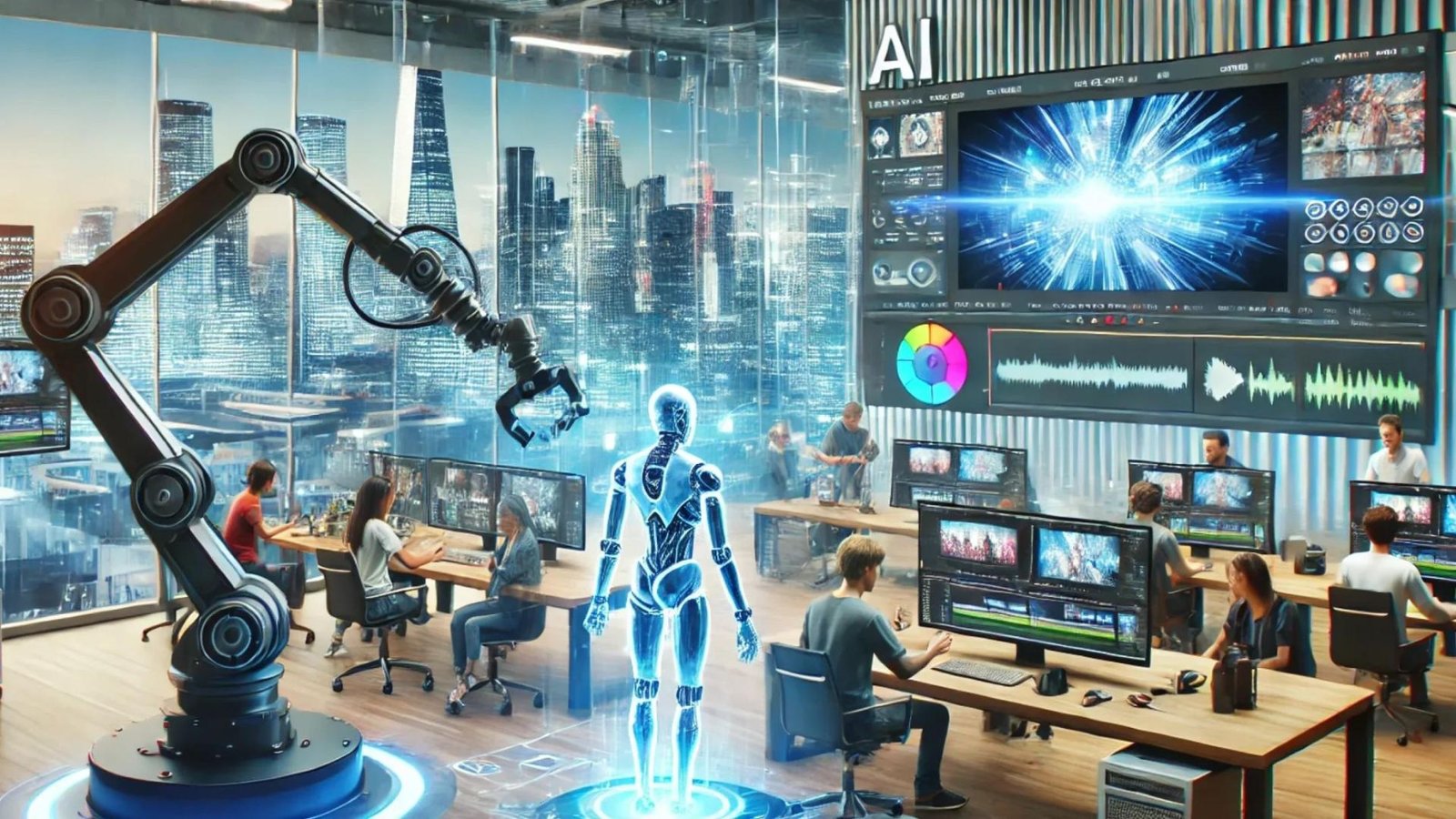The future of videography is being reshaped by rapid advancements in technology, offering filmmakers and content creators new tools and capabilities that were unimaginable just a few years ago. From artificial intelligence to cutting-edge camera technologies, these innovations are expanding the possibilities for visual storytelling and production quality.

Artificial Intelligence (AI) in Video Editing
Artificial intelligence is revolutionizing the post-production process in videography. AI-powered editing software can automatically sort through hours of footage, identifying the best shots and assembling a rough cut. This technology saves time and allows videographers to focus on the creative aspects of editing.
AI also enhances color grading, audio editing, and visual effects. For instance, AI-driven color grading tools can analyze a scene and suggest optimal color palettes, ensuring consistency across different shots. AI’s ability to isolate and enhance audio tracks can also improve sound quality, even in challenging environments.
The Rise of Drones in Videography
Drones have become a game-changer in videography, allowing for stunning aerial shots that were previously possible only with expensive helicopter rigs. These devices are now more affordable, easier to operate, and equipped with high-quality cameras capable of capturing 4K and even 8K footage.
The versatility of drones enables videographers to capture unique perspectives and dynamic shots, adding a cinematic quality to their projects. From sweeping landscapes to complex tracking shots, drones offer creative possibilities that enhance storytelling.
8K and Beyond: The Evolution of Camera Technology
Camera technology continues to advance at a rapid pace, with 8K resolution cameras becoming more accessible. These high-resolution cameras provide incredible detail and clarity, allowing for greater flexibility in post-production, such as cropping and zooming without losing image quality.
The evolution of camera sensors has also improved low-light performance and dynamic range, enabling videographers to shoot in a wider variety of conditions with better results. As camera technology continues to evolve, we can expect even more innovations that will push the boundaries of what’s possible in videography.
Virtual Reality (VR) and Augmented Reality (AR)
Virtual reality and augmented reality are opening up new frontiers in immersive storytelling. VR allows viewers to experience a 360-degree view of a scene, making them feel as though they are part of the action. This technology is particularly impactful in documentary filmmaking, where it can provide a deeper connection to the subject matter.
AR, on the other hand, overlays digital elements onto the real world, creating interactive experiences that can enhance storytelling. These technologies are not only changing how videos are consumed but also how they are produced, requiring new techniques and creative approaches.
Cloud-Based Collaboration and Workflow
The shift towards cloud-based platforms is transforming the way videographers collaborate and manage their projects. Cloud-based editing software allows multiple team members to work on the same project simultaneously, regardless of their physical location. This enhances efficiency and allows for real-time feedback and collaboration.
Moreover, cloud storage solutions offer secure and scalable options for storing large amounts of footage, making it easier to manage and access projects from anywhere. This technology is particularly beneficial for remote teams and large-scale productions.
The Future of Livestreaming
Livestreaming has grown significantly in popularity, driven by the demand for real-time content. Emerging technologies are improving the quality and accessibility of livestreaming, with developments in 5G connectivity and mobile devices leading the charge. These advancements allow for higher-resolution streams with lower latency, providing a better viewing experience.
Moreover, AI and machine learning are being integrated into livestreaming platforms to offer features like automatic captioning, real-time translation, and content personalization. As these technologies continue to evolve, livestreaming is likely to become an even more integral part of videography.
Conclusion
Emerging technologies are rapidly transforming the landscape of videography, offering new tools and possibilities that enhance creativity, efficiency, and storytelling. From AI-driven editing and drone cinematography to 8K cameras and VR experiences, these advancements are pushing the boundaries of what videographers can achieve. As we look to the future, embracing these technologies will be essential for staying competitive and delivering compelling content that resonates with audiences.










